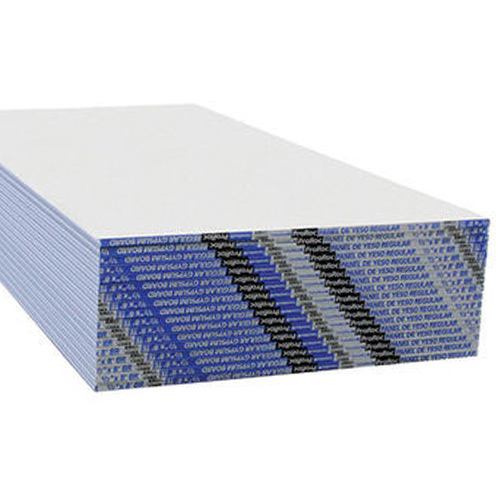When it comes to home construction and renovation, insulation is a critical component that significantly impacts energy efficiency, comfort, and overall building performance. One common question that arises among homeowners and builders alike is: Can you put insulation directly on a concrete floor? This inquiry is not merely a matter of preference; it involves understanding the properties of insulation materials, the characteristics of concrete, and the implications for moisture control and thermal performance. In this article, we will delve into the complexities of insulating concrete floors, exploring the best practices, potential pitfalls, and innovative solutions.
Understanding Concrete Floors
Concrete is a popular choice for flooring due to its durability, strength, and low maintenance requirements. However, it has inherent properties that can pose challenges when it comes to insulation. Concrete is a dense material that conducts heat efficiently, which means it can absorb and retain cold temperatures, leading to uncomfortable living conditions, especially in cooler climates. Additionally, concrete is porous and can be susceptible to moisture infiltration, which can lead to mold growth and structural damage if not properly managed.
The Role of Insulation
Insulation serves to reduce heat transfer, keeping spaces warm in winter and cool in summer. When considering insulation for concrete floors, it is essential to choose the right type of insulation material that can effectively mitigate the thermal bridging that occurs with concrete. Common insulation materials include rigid foam boards, fiberglass batts, and spray foam, each with its own set of advantages and disadvantages.
Can You Insulate Directly on Concrete?
The short answer is yes, you can put insulation directly on a concrete floor, but there are several factors to consider to ensure optimal performance and longevity of the insulation system.
- Moisture Management
Before installing insulation, it is crucial to assess the moisture levels in the concrete. High moisture content can lead to condensation issues, which can compromise the effectiveness of the insulation and lead to mold growth. A vapor barrier is often recommended to be installed between the concrete and the insulation to prevent moisture from migrating upward. This barrier can be a polyethylene sheet or a specialized vapor-retardant membrane.
- Choosing the Right Insulation Material
When insulating directly on a concrete floor, rigid foam insulation boards are often the preferred choice. These boards have a high R-value per inch, providing excellent thermal resistance while also acting as a moisture barrier. Extruded polystyrene (XPS) and expanded polystyrene (EPS) are common options that can withstand the weight of flooring materials and provide a solid thermal break.
Fiberglass batts, while effective in many applications, are not ideal for direct application on concrete due to their susceptibility to moisture. Spray foam insulation can also be used, but it requires careful application to ensure that it adheres properly to the concrete surface and forms an effective seal.
- Installation Techniques
Proper installation is key to maximizing the benefits of insulation on concrete floors. The insulation boards should be cut to fit snugly against each other, minimizing gaps that can lead to thermal bridging. If using a vapor barrier, it should be laid out first, followed by the insulation boards. Once the insulation is in place, a subfloor can be installed over it, which can be made of plywood or oriented strand board (OSB), providing a stable surface for the final flooring material.
Benefits of Insulating Concrete Floors
Insulating directly on concrete floors offers several advantages:
- Improved Comfort: Insulation helps maintain a consistent indoor temperature, reducing cold spots and enhancing overall comfort.
- Energy Efficiency: Proper insulation reduces heating and cooling costs by minimizing heat loss in winter and heat gain in summer.
- Moisture Control: A well-installed vapor barrier prevents moisture issues, protecting both the insulation and the structural integrity of the building.
- Sound Dampening: Insulation can also help reduce noise transmission, creating a quieter indoor environment.
Conclusion
In summary, while it is possible to put insulation directly on a concrete floor, it requires careful consideration of moisture management, the selection of appropriate insulation materials, and proper installation techniques. By addressing these factors, homeowners and builders can create a comfortable, energy-efficient living space that stands the test of time. As with any construction project, consulting with a professional can provide valuable insights and ensure that the insulation system is tailored to the specific needs of the building and its occupants.


